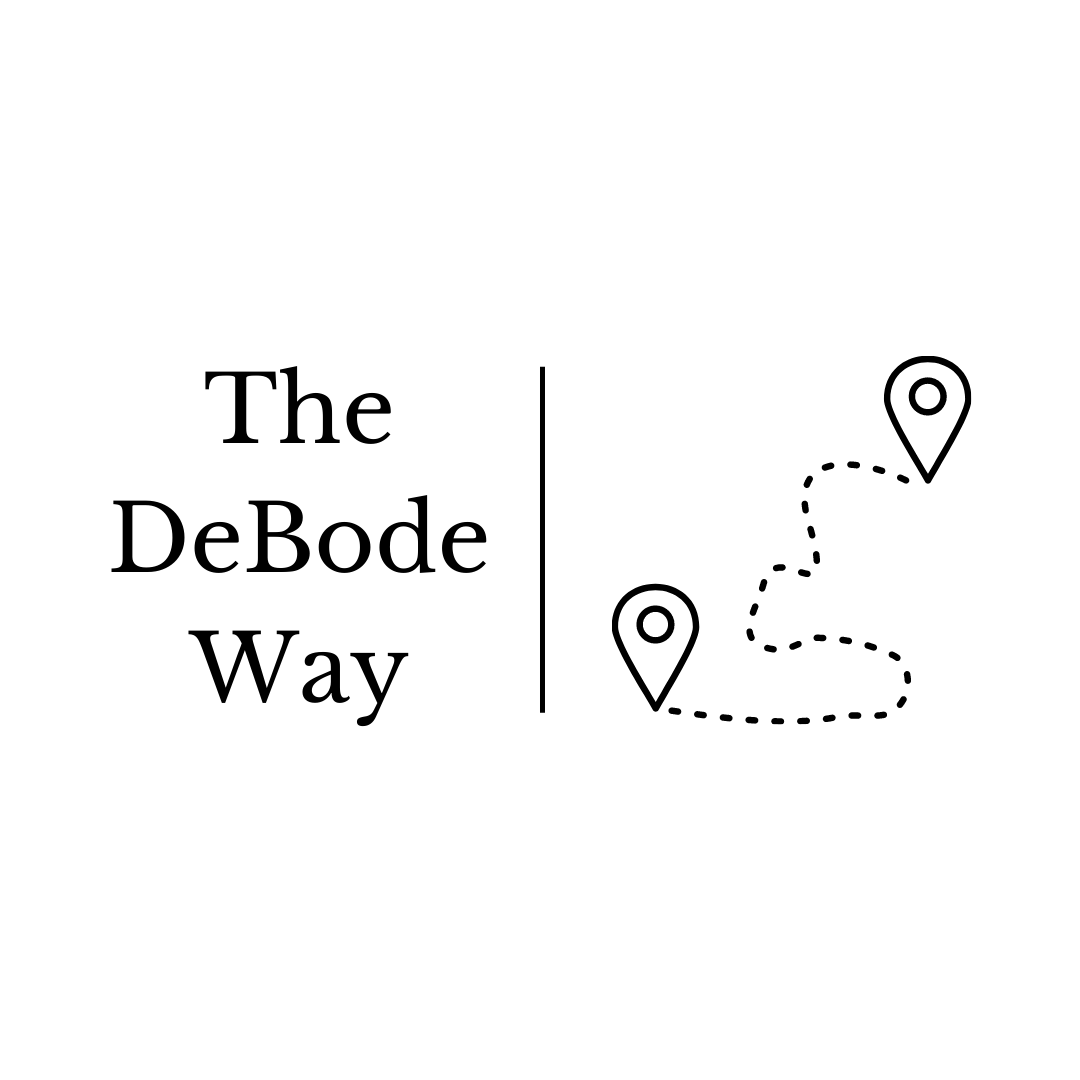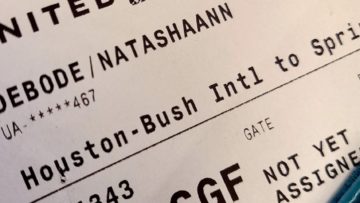The first time we rented a car in Europe and had to fill up on petrol (not gas, use the local lingo!), we were surprised to see how inexpensive fuel was across the pond. Until, that is, we saw the total bill show up on our credit card. Yeesh!

Here’s the thing: in Europe, they use a different currency (well, now currencies:the Euro [€] in the Eurozone and the Pound Sterling [£] in the United Kingdom [remember, this includes England, Scotland, Wales, and Northern Ireland]). As of the writing of this post, the conversation rates are:
- €1 ≈ $1.04
- £1 ≈ $1.23
Also remember when purchasing petrol throughout Europe, you’re doing so in liters (sorry, litres), rather than the gallons you’re more familiar with back in the US of A. As a reminder, there are about 3.8 liters to a gallon.
So, when you purchase gas, figuring out the total cost in US dollars is a 2-step process. Let’s use an example. When we go to Europe, we typically rent something small like a Ford Fiesta, which holds 12.4 gallons of petrol. You were so engrossed in the scenery (it happens, trust us) you didn’t pay attention to your fuel levels and suddenly you hear that terrifying, nondescript ding! that’s kind enough to let you know *something* is wrong, but not *what*. After frantically searching, you realize it was your low fuel indicator. Let’s also assume you’re fortunate to be near a petrol station (these are not as plentiful as they are in the US, so do try to be aware) and need a full tank. Here’s the quick math you’d need:
- As of the writing of this post, average petrol prices in Edinburgh, Scotland were £1.64/litre.
- That converts to £6.23/gallon (£1.64/litres x 3.8 litres/gallon)
- Also, as of the writing of this post, remember that £1 ≈ $1.23
- So, the £6.23/gallon converts to $7.63/gallon
- Assuming you need a full tank of gas, that means your bill is roughly $94. And remember, this is a Ford Fiesta…not a large vehicle. That’s $199 in our Ford F-150!
Fortunately, almost all the petrol you’ll buy in Europe is diesel, so you’ll get decent gas mileage (kilometer…age…?). However, two quick, and important points to reinforce: gas is pretty expensive, so just keep that in mind as you build your budget, and don’t necessarily go for the biggest vehicle you can find. That’ll cost you more (both in rental fees and in petrol), and most of the roads we’ve driven in Europe aren’t really built for large vehicles, so driving can get dicey, especially when you get to those one-lane, two-direction roads. The ones with blind, tight turns as they weave through the countryside. You know the ones.
Helpful sidenote: when buying fuel in Europe, most of the petrol stations we’ve stopped at don’t have the option to pay at your pump, as is common in the US. Instead, you’ll need to pump your fuel and then head inside to pay at the register, like you used to do back across the pond back in the day. Just another great opportunity to strike up a conversation with a local.
Happy travels!
If you’re looking for conversation rates for international currency, we use this one, from Oanda. You can also check with your local bank and/or your credit card company to see what their exchange rates are before heading abroad.




